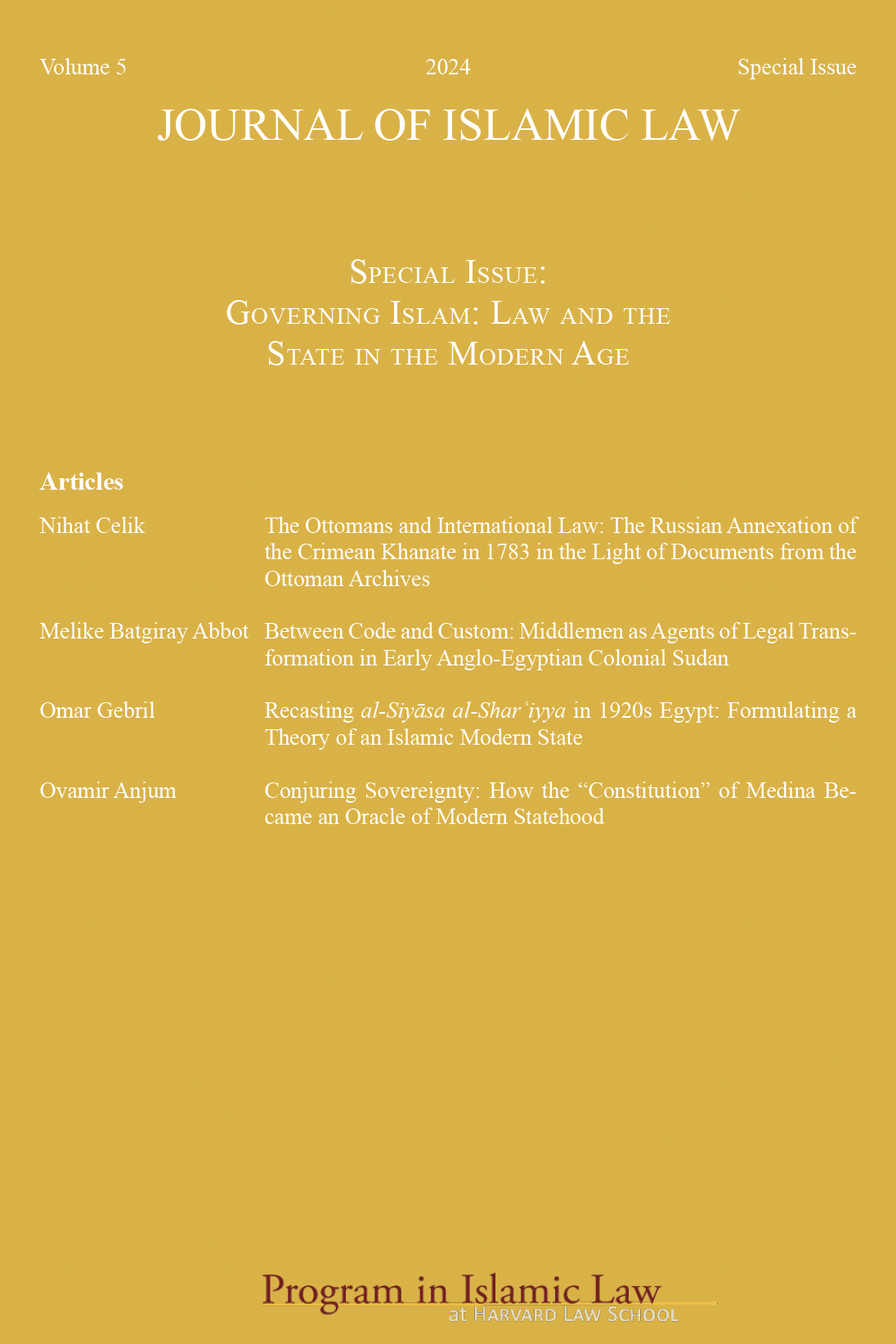Transformation and Adaptation of Ottoman Land Law in 19th-Century Successor States
Main Article Content
Abstract
What happens to land and property relations when a new administration obtains the dominion of a territory? I became interested in this question a couple of years ago, while I was working with Professor Evgenia Kermeli on the fate of waqfs in the new Kingdom of Greece after the War of Independence (1821-1830). This was a period when Ottoman law became a part of Greek law, thus, in a manner of speaking reversing the previous practice. During the early modern period, when a new territory was occupied by the Ottoman Empire, some regulations from the old legal system were preserved, or incorporated into the new Ottoman system, an approach that can be seen since the early periods of Islam. As such, the local custom that defined taxation was transformed and became a part of the Ottoman codifications (kanunname). Whereas in the 19th century, Ottoman land law and property law became a part of Greek law, this time because of the guarantees provided by international agreements, the London Protocol (1830) and the Treaty of Constantinople (1832).

